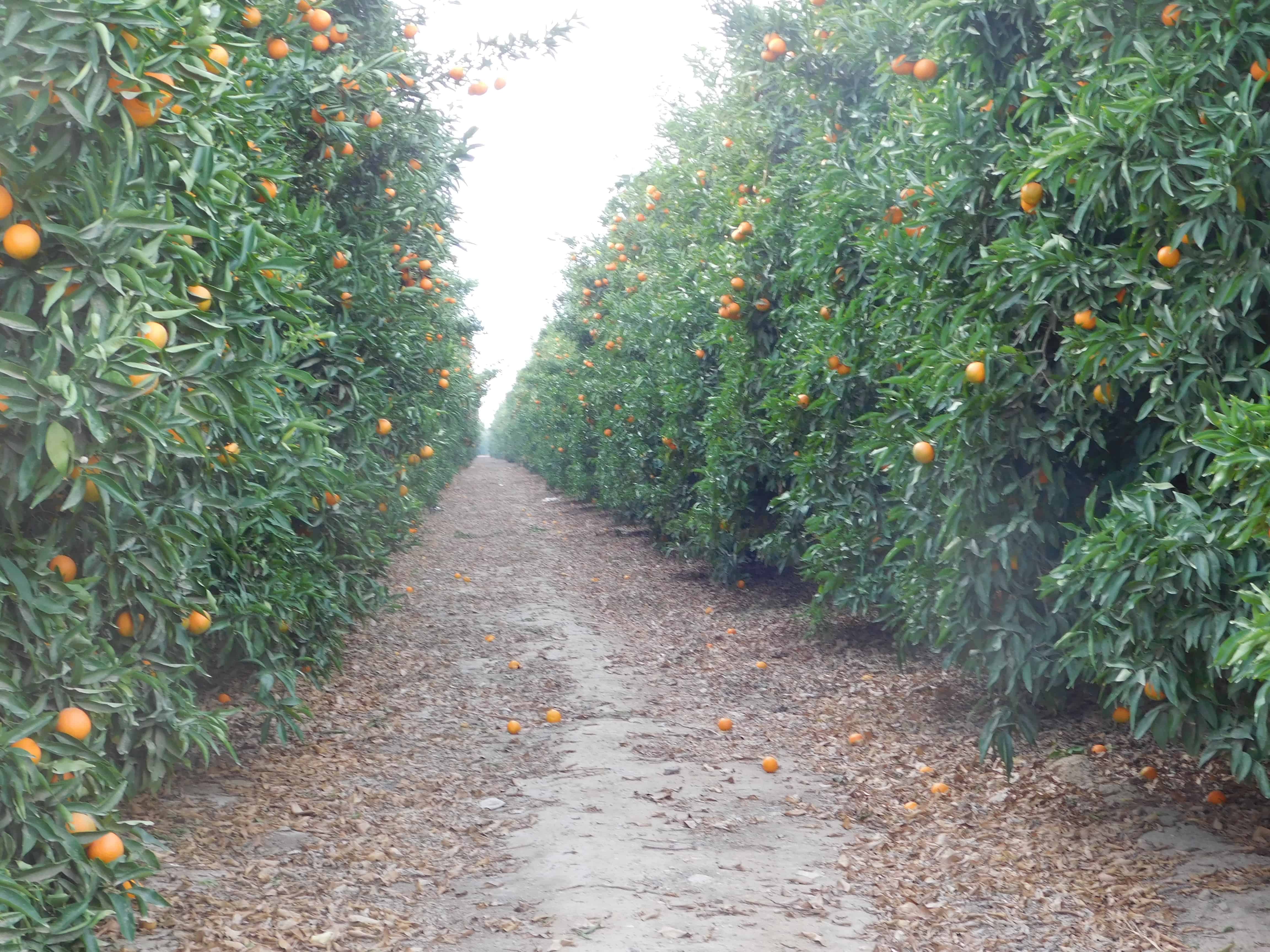

I mean, to me what was also interesting was just the fact at all that fruit is being sort of branded and marketed. Rich: Well you know, it’s an effective marketing campaign.

Ryssdal: Which is great, because you want kids to eat fruit and be healthy and lord knows we need more of that in this country, but it’s just a little depressing and cynical that that’s the way the marketing goes. One of them is ‘Know why Cuties are small? Because kids have small hands.’ And one is, ‘Know why Cuties are seedless? Because kids hate seeds.’ And so it’s all setting it up to be: structurally, this thing is great for a child. Rich: There were four or five different little short spots that were put out for this. Ryssdal: This marketing campaign you looked at, it’s all about the physical and structural properties of this fruit. And their tagline was ‘Kids love Cuties because Cuties are made for kids.’ And I kind of thought, ‘Made for kids,’ I wonder what’s behind that? I was kind of intrigued by an advertising campaign towards the end of 2011 by a brand called Cuties that makes mandarins. Sarah Rich writes the Design Decoded blog for, where she recently explored the mandarins’ journey from fruit to brand name. They’re technically Mandarin oranges - more commonly known, though, as Cuties. More and more, though, the citrus that we’re reaching for in the produce section are small, seedless, easy-to-peel and come in a five-pound bag. Kai Ryssdal: I say citrus, you probably think oranges and lemons, limes maybe, and grapefruit, right?


 0 kommentar(er)
0 kommentar(er)
